Kyoto experience
Latest content and event information
-
“HANDS FREE KYOTO,” operated by the Kyoto City Tourism Association, is a website that compiles hands-free sightseeing information to help tourists explore Kyoto comfortably.
It clearly introduces baggage services, such as delivery services for sending large luggage to your accommodation,
and information on temporary storage counters and coin lockers, complete with user-friendly maps of the Kyoto Station area.The service aims to prevent congestion on public transportation caused by large luggage, thereby promoting enjoyable tourism for everyone.
▶Click here for HANDS FREE KYOTO
Kyoto experienceKyoto tourism moralsKyoto sustainable tourismKyoto sightseeing
-
SPA PASS KYOTO What is
This is an electronic travel pass that allows you to "hot spring tour" at 10 hot spring facilities in Kyoto City (as of October 1, 2025). By presenting an electronic ticket that allows you to visit three different facilities at the hot spring facilities, you can tour the hot spring facilities scattered throughout Kyoto City. We also work to promote the use of ancillary facilities such as meals and cafes at hot spring facilities, proposing various ways to use hot springs.
[Implementation period]
Sale period: Wednesday, October 8, 2025 - Tuesday, March 31, 2026Usage period: October 8, 2025 (Wednesday) - March 31, 2026 (Tuesday)
*The facility-specific plan is3 days before the date of use Please make your reservation by.
※Payment isCredit card online payment onlyIt will be
※When you go out,Please use the convenient city bus and subway
-
This is a high-quality educational tour for adults that allows you to experience tea and sake, traditional Kyoto culture, with all five senses and appreciate the depth of Japanese culture. You can experience a tour that delves into the roots of tea and sake, which are derived from "water."
Savor Kyoto's Dual Heritage: An Exquisite Moments of Tea & Sake
09:40 Reception begins
09:50 Meet at Kyoto Station (KTIC Kyoto) == (Travel: JR) ==
10:30 Arrive at JR Uji Station (travel: on foot)
10:50 Byodoin Temple (visit) ... (travel: on foot) ...
12:00 Uji Tea Ceremony Dojo "Takumi no Yakata" (Tea brewing experience (with sweets)) ... (Travel: on foot) ...
12:50 Keihan Uji Station == (Train: Keihan Electric Railway) ==
13:20 Nakashojima Station... (Travel: Walking)...
13:30 Lunch (Japanese cuisine/restaurant in Fushimi Ward) ... (travel: on foot) ...
14:20 Tour of Fushimi Town, the town of sake (on foot)
15:30 Kintetsu Fushimi-Momoyama Station == (Train: Kintetsu Train) ==
16:00 Arrive at Kyoto Station and disband
Legend: = JR or private railway, ...: walking
SakeJapanese cultureMATCHAKyoto experienceKyoto sightseeingKyoto culturetraditional culture
-
Easier and more fun!
Of course, for those who like Japanese sake,For those who are new to sake,
For tourists who want to experience Japanese culture through sake,
We want you to experience excitement and surprise through sake.
We hope that this place will become a catalyst for expanding the circle of sake fans.Tasting eight different types of sake, find your favorite.
This is an experience facility where you can make your own one-of-a-kind sake by blending your favorite alcoholic drinks. What's more, the sake you make can be bottled in the sake brewing room in the building next door, and you can take it home on the same day, making this a one-of-a-kind sake experience facility.Now, you too can try your favorite sake.
Why not try making your own one-of-a-kind taste with your own hands?
*Drinking is strictly prohibited for those under the age of 20 and those who drive or cycle to the store.
▼For individual applications, please click here
Sake Blending Experience ~My Sake World Kyoto Kawaramachi Store~
▼For group enquiries, please contact us by email.
LINK KYOTO Secretariat (link_kyoto@jtb.com)
CulturalKyoto experienceKyoto sustainable tourismJapanese sake
-
It is located on a historical axis that connects the Uji Bridge, a symbol of Uji, the remains of the Taiko Embankment, and the grave of Prince Ujimichi Wakaro. At the historical sites, gardens, plazas, and Chazuna, the Tea and Uji Town Communication Center, where you can feel that history, you can see the flow of time in Uji through exhibits and videos, and through various experience programs such as tea picking and matcha making, we connect the town and its people, history and culture, and promote the charm of Uji, making sightseeing and walking around the town more enjoyable.
Quote: From the Chazuna website
Watch the video here:
TeaKyoto experienceUji teaMatchaKyoto sustainable tourismKyoto sightseeingtraditional culture
-
Enter a world of plants that shine at night, surrounded by light and sound
As the oldest public botanical garden in Japan, the Kyoto Prefectural Botanical Garden will celebrate its 100th anniversary in 2024 and will be open at night for a limited time, where visitors will be immersed in a mysterious otherworldly world of plants that are different from those seen during the day. Stepping into one of Japan's largest observation greenhouses, you will be greeted by a lush green space decorated with light, sound, set design and projections, and witness the brilliance of plants overflowing with vitality.
As you explore the four different zones, you can use all your senses to sense the breathing and whispering of the plants and the diverse expressions that emerge at night.
Come enjoy an immersive experience in a fantastical world of light and sound that will help you discover new fascination with plants and foster a connection with nature.
Kyoto Prefectural Botanical GardensMOMENT FACTORYKyoto experienceLINK KYOTOKyoto sightseeingKyoto culture
-
① Visit to the Silk Fabric Museum (time required: about 15 minutes)
The White Silk Fabric Museum is a museum specializing in white kimono fabrics. We exhibit about 50 types of white fabrics carefully selected from the 200 types and 3,000 patterns that Itoyuki has woven so far for post-dyeing (dyed kimono), where fabric is woven from raw silk and then dyed later. You can actually touch the white fabrics, which have various characteristics depending on the production area and type of thread, and see their texture and beautiful luster. We will introduce the process of making one bolt of white fabric, including cocoon production by domestic silkworm farmers and information on the amount of cocoons needed for a kimono.
② "Handloom" Experience (Time required: approx. 15 minutes)
Our in-house instructor will demonstrate the handloom weaving process and explain how the warp and weft threads work. Afterwards, you can enjoy the experience of weaving using a handloom.
3. Kinsai Yuzen Workshop (Time required: approx. 1 hour 30 minutes)
Enjoy the experience of dyeing pure silk fabric, a high-quality material used in kimonos, with the Yuzen technique and finishing with gold leaf. Our in-house instructors will provide careful instruction, so even beginners can participate with confidence. The completed work will be framed and handed to you, so you can take it home as a keepsake.

Link KyotoKyoto experiencetraditional craftsLINK KYOTOKyoto sustainable tourismsustainableKyoto sightseeingKyoto culturetraditional culture
-
A long-established inn founded in 1912"Sumiya Ryokan"
The calm, sukiya-style building stands out in Sanjo Fuyacho, the heart of Kyoto. From the guest rooms and teahouse, you can enjoy the beautiful changes of the seasons in the courtyard.At the matcha experience at Sumiya Ryokan, you will be taught how to make and drink matcha, and you can try making it yourself or drink the matcha you made with your family or friends.You can have a fun time.
Sumiya Ryokan is also famous as a tea ceremony inn with deep ties to the Urasenke school. There are five tea rooms in the building, the most famous of which is Gyokutoan. It was named by the 14th head of the Urasenke school, Tantansai, after his predecessor, who was born in the year of the rabbit.
This plan is,Private plans for groupsFor those who are not comfortable sitting upright, we also have chair seats available. Please take this opportunity to come to Sumiya Ryokan.
The official website of Sumiya Ryokan can be found here
Private experiencePrivate ExperienceSumiya RyokanMatcha ExperienceKYOTOKyoto experienceTea ceremonylong-established storeMatchatea roomLINK KYOTOhistoryexperienceKyoto's Unique VenuesgenuineKyoto culturetraditional culture
-
"Okazaki-an" is a Japanese-style mansion built by "Ueba Hide", a famous geisha in Kyoto, to live out the rest of her life with her husband "Shundo Koji", who was a producer at Toei, and their daughter "Takako".
It is a luxurious building with modern interior design and a Noh stage made entirely of cypress, which was rare at the time, and the windows offer a panoramic view of the torii gates of Heian Shrine and Mt. Daimonji.
This is a luxurious plan where you can enjoy a meal while watching a maiko perform on the Noh stage in this elegant setting.
Limited to one group per time slotSo, after your viewing, you can take commemorative photos, chat with the maiko, and have them all to yourself, which will surely be an unforgettable memory of your trip to Kyoto.
*This plan is a reservation by request. After you apply online, we will contact you by email after confirming with the operator whether or not the reservation can be made on the date you wish to make.
Japanese ResidenceOkazakianDance AppreciationOkazakiKYOTOLink KyotoKyoto experiencespecialmaikogeishaLINK KYOTOKyoto sightseeingKyoto's Unique VenuesgenuineKyoto culturetraditional culture
-
The Kyoto Institute of Invention and Innovation has supported local industry and intellectual property for over 100 years since its founding in 1901. In this program, "Kyoto Invention Classroom," participants will have fun learning about the mechanisms of invention and the role of intellectual property, using topics ranging from historical inventions born in Kyoto to the latest technologies that support our daily lives.
This is an inquiry-based learning program that involves lectures and hands-on workshops, allowing children to ask themselves questions, seek answers, and grasp clues for solving future problems. It combines traditional wisdom with modern technology to foster creativity and multifaceted thinking.Field trips for adultsinventionEdisonWorkshopKyoto Institute of Invention and InnovationKyoto experienceLINK KYOTOsustainable


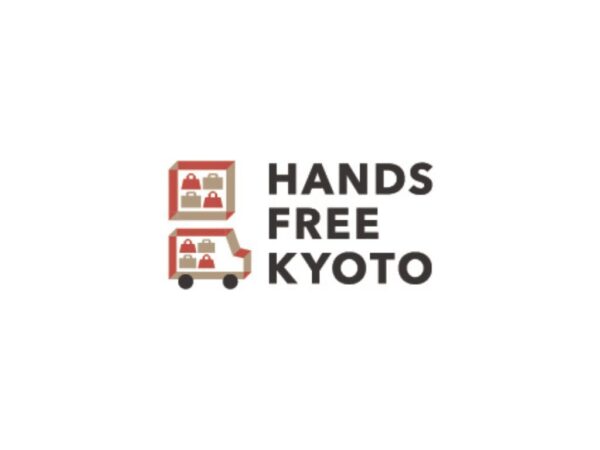

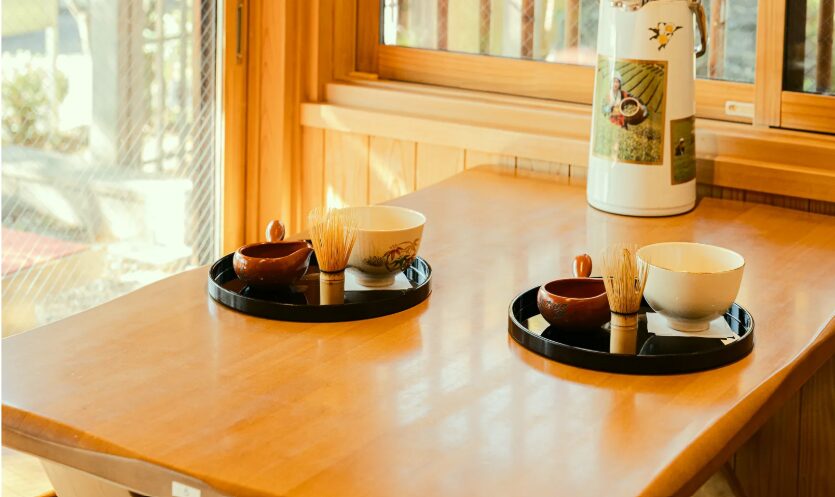
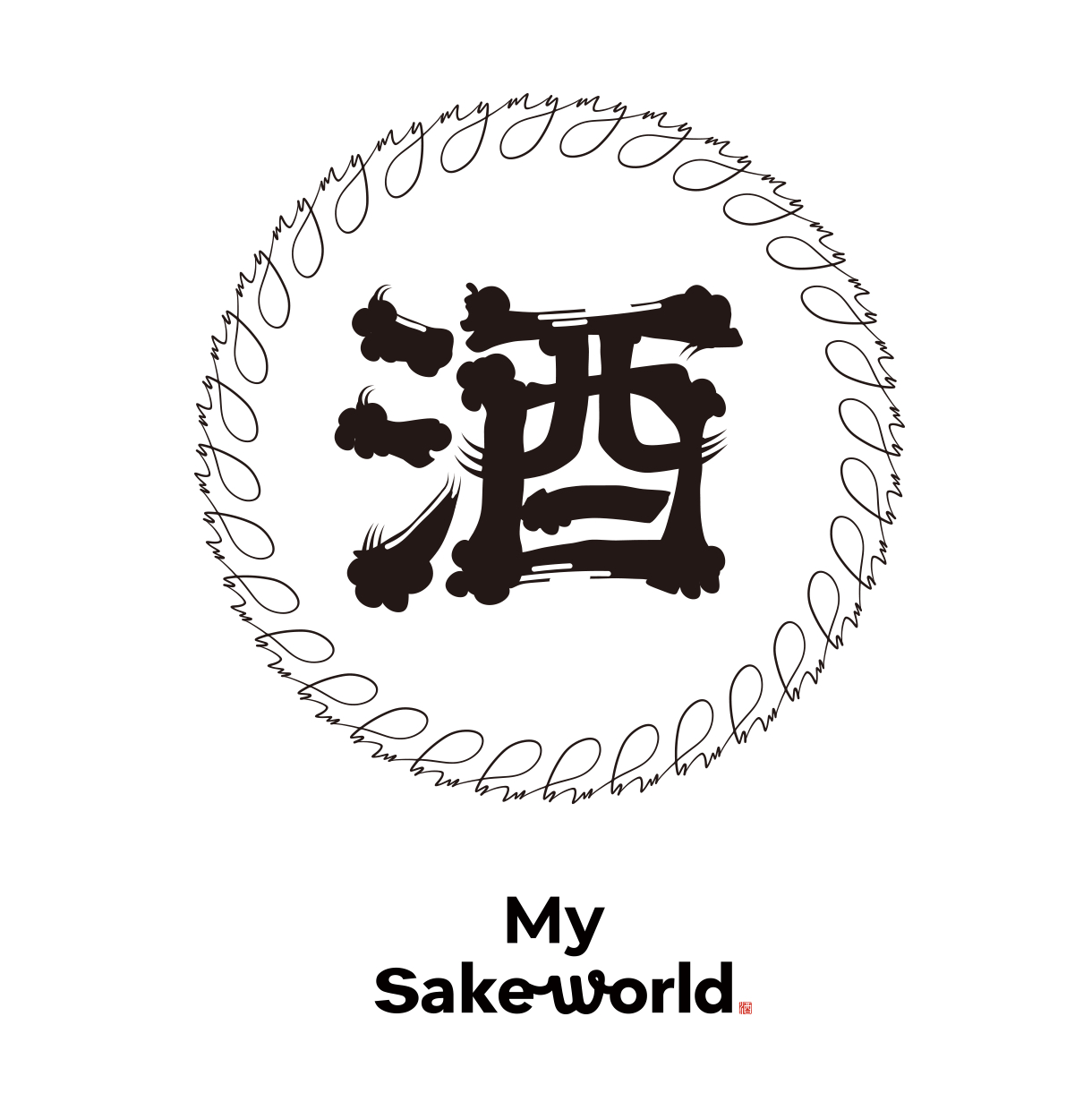
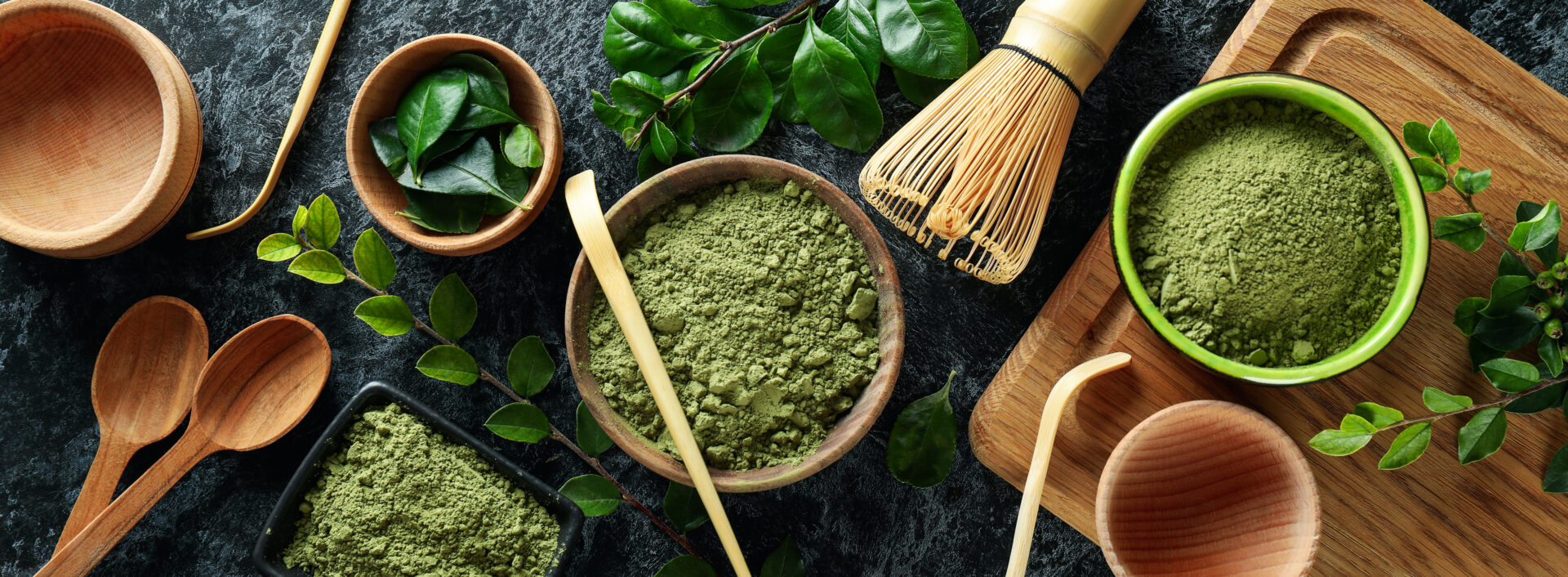
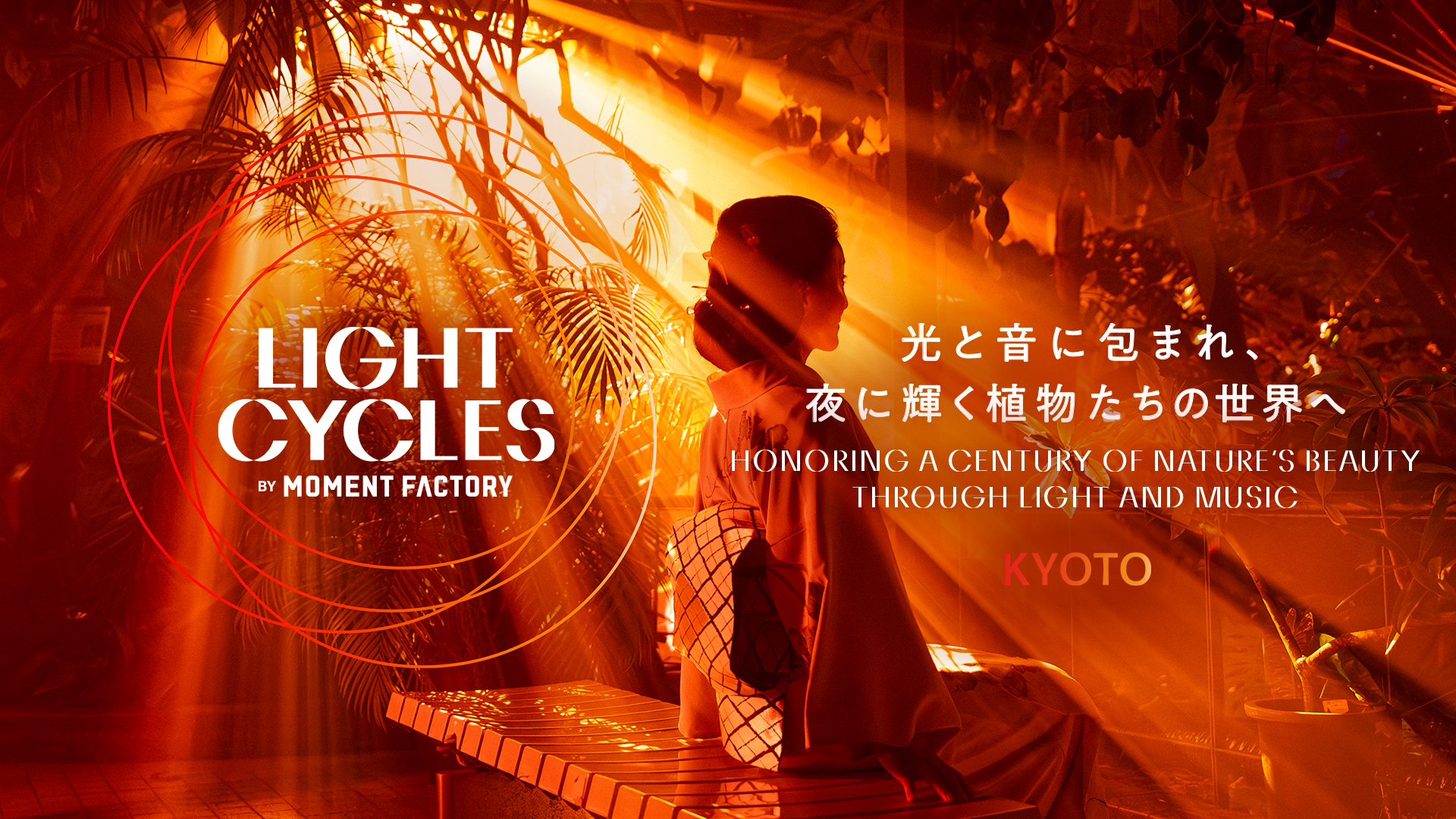

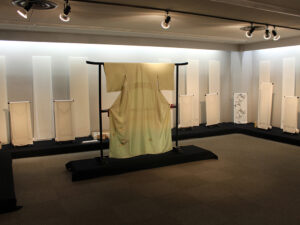
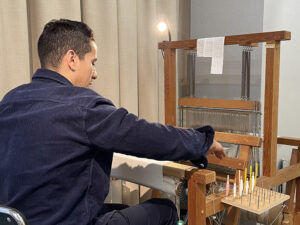

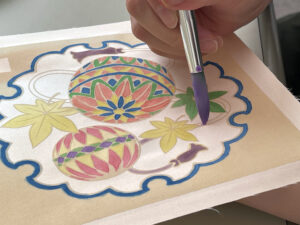

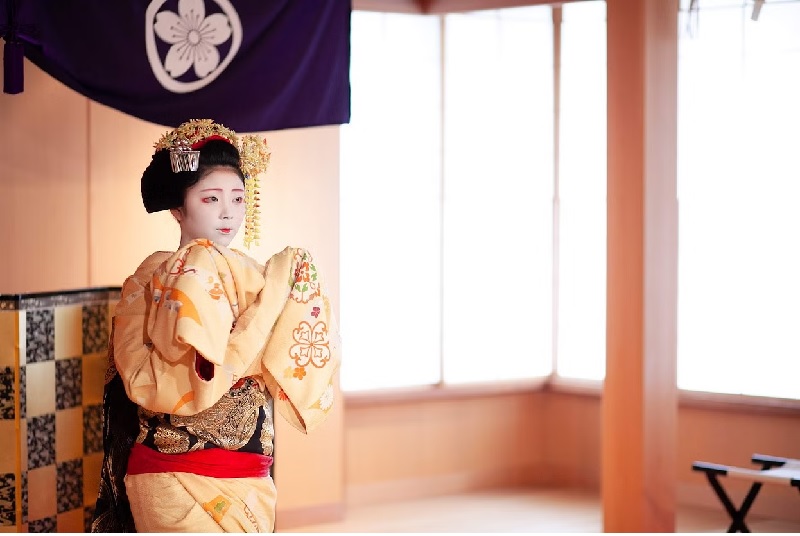
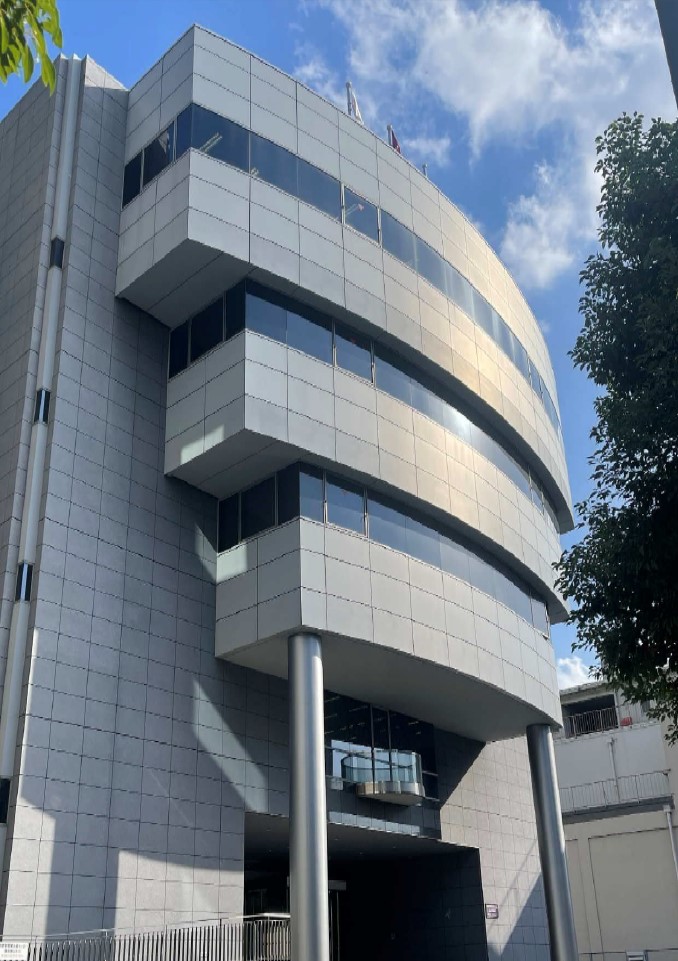
 Kyoto
experience
Kyoto
experience Contact us by phone
Contact us by phone Contact by email
Contact by email